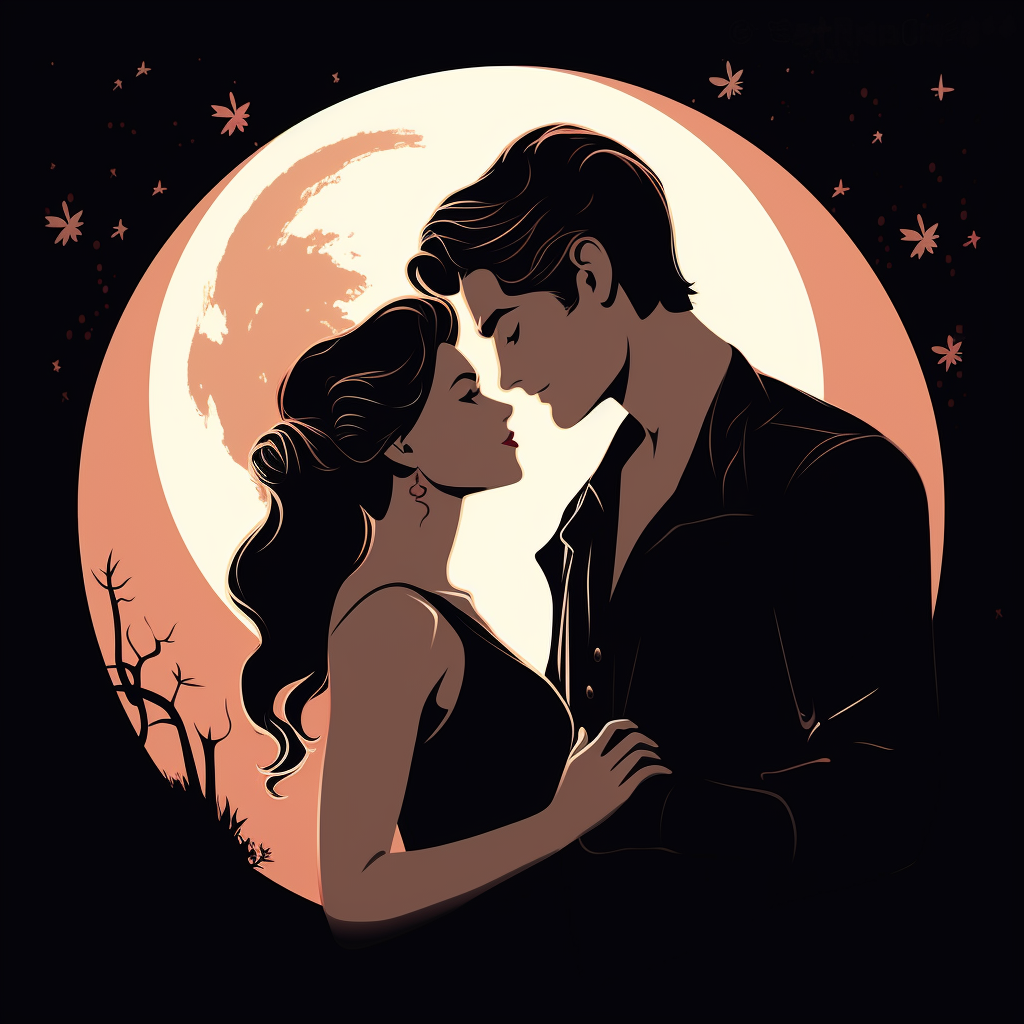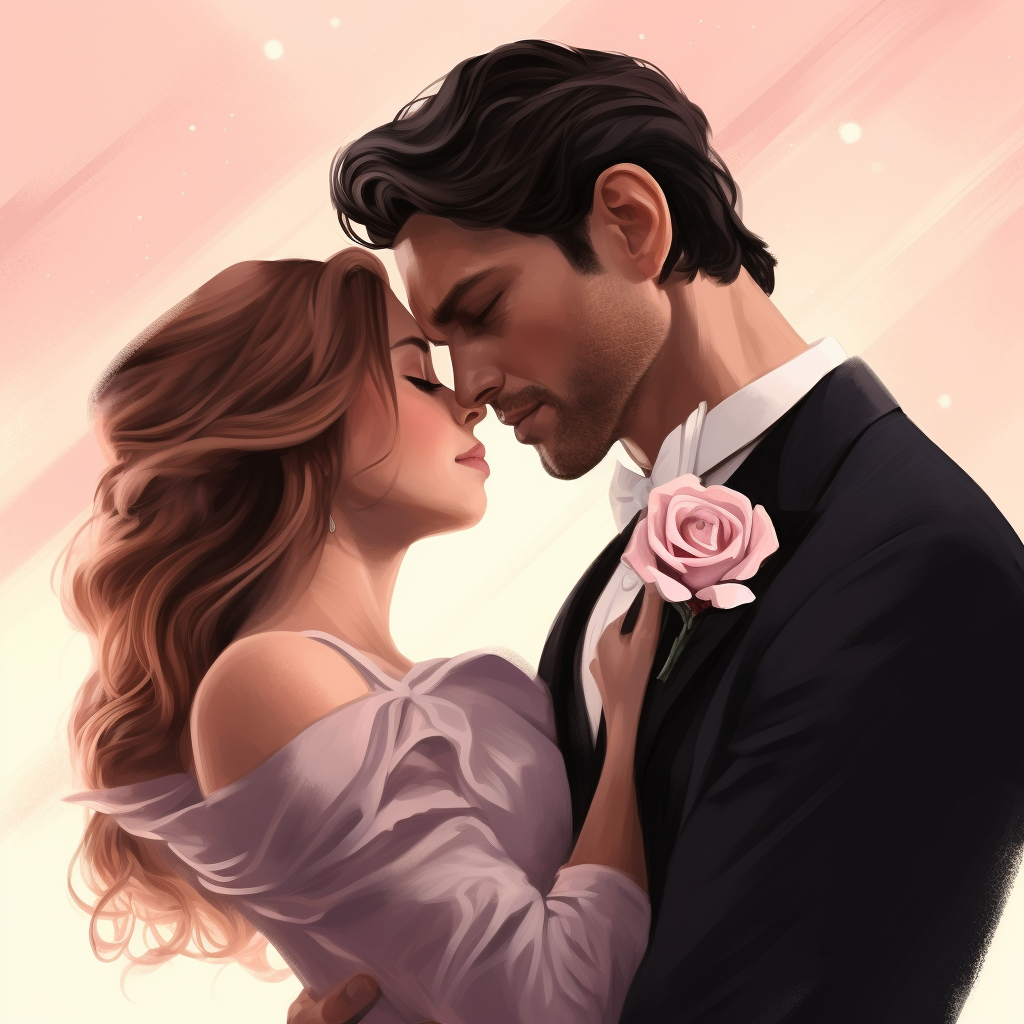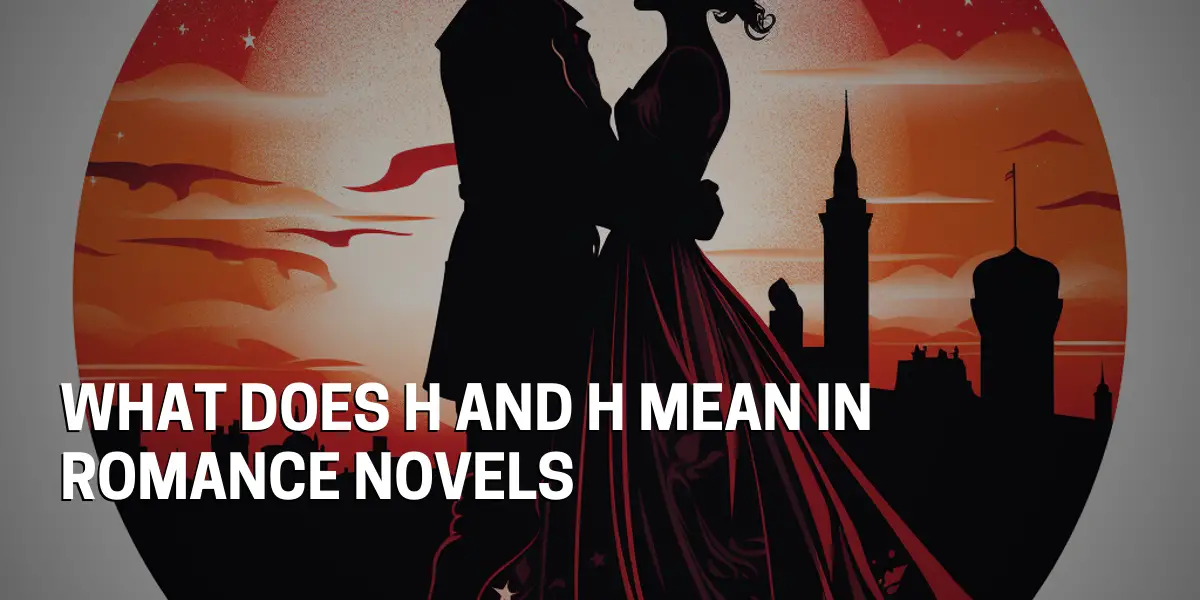Ever wondered what the term ‘H and H’ signifies in the world of romantic literature? Well, your curiosity is about to be satiated. Dive into this engaging discussion on What Does H And H Mean In Romance Novels and uncover the secret language of romance authors!
| Term | Meaning | Example in a Novel |
|---|---|---|
| H and H | Refers to the Hero and Heroine of the story | In Jane Austen’s ‘Pride and Prejudice’, Elizabeth Bennet and Mr. Darcy are the H and H. |
| Hero | The male protagonist who usually undergoes significant character development | Mr. Darcy in ‘Pride and Prejudice’ starts off as arrogant but eventually reveals a kinder side. |
| Heroine | The female protagonist who is typically portrayed as strong and resilient | Elizabeth Bennet in ‘Pride and Prejudice’ is a heroine who refuses to conform to societal pressures. |
The Historical Significance of ‘H and H’
The history of ‘H and H’ in romance novels has roots entrenched deep in the history of romantic literature. It is not just a recent phenomenon but a term that has been in use since the invention of the romance genre. As we explore What Does H And H Mean In Romance Novels , we stumble upon the notion that the idealistic representation of the hero and heroine has been a cornerstone of romantic literature, influencing readers’ perceptions of love and relationships.
Historically, the ‘H and H’ represented societal norms and expectations of the ideal man and woman during different eras. The Hero was typically depicted as brave, chivalrous, and strong, reflecting society’s expectations of masculinity. In contrast, the Heroine was often portrayed as beautiful, virtuous, and nurturing, encapsulating the ideal femininity of the time.
However, as the genre evolved, so did the depiction of the ‘H and H’, becoming more complex and varied to reflect changing societal norms and values.
Hero : From the brooding Mr. Darcy in ‘Pride and Prejudice’ to the flawed and sensitive Edward Cullen in ‘Twilight’, the portrayal of the Hero has drastically shifted to represent changing ideals of masculinity.
Heroine : The Heroine has also undergone significant transformation, from the demure and virtuous Elizabeth Bennet in ‘Pride and Prejudice’ to the independent and resilient Anastasia Steele in ‘Fifty Shades of Grey’.

The Role of ‘H and H’ in Modern Romance Literature
In recent years, the romance genre has seen an evolution in its dynamics, storytelling, and character development. A significant aspect of this evolution has been the role of ‘H and H’ in modern romance literature.
For those new to the romance genre, ‘H and H’ is an abbreviation used to refer to ‘Hero and Heroine,’ the leading characters in the romance novels. Understanding the roles and characteristics of H and H can give a better insight into the narrative and thematic elements of modern romance literature.
‘H and H’ in romance novels have come a long way from their traditional depictions. In earlier times, the roles were clearly delineated. The hero was portrayed as a strong, protective figure who saves the damsel in distress, the heroine.
However, modern romance literature has revolutionized these archetypes. Today, both the hero and heroine are well-rounded characters with their strengths, weaknesses, and complexities.
In modern romance novels, the hero is no longer just the protector but someone who also needs saving at times, showing vulnerability that humanizes him. This shift has led to the creation of more relatable and emotionally complex male characters.
On the other hand, modern heroines are more assertive, independent, and capable of fighting their battles. They are not waiting to be saved, but instead, they actively participate in the resolution of conflicts.
Balancing these factors has been a challenge for authors as they navigate the delicate equilibrium of maintaining the traditional appeal of ‘H and H’ while introducing modern elements. Striking this balance can significantly impact the reception and success of the novel.
Some readers may yearn for the nostalgic charm of traditional roles, while others might seek stories that resonate with contemporary trends.
One notable challenge of modernizing the roles of ‘H and H’ is ensuring authenticity. While giving the characters more depths and flaws, it is essential for authors not to lose sight of the romantic element that forms the core of the genre.
The love story between the hero and heroine should remain compelling and engaging. Moreover, the impact of the ‘H and H’ roles extends beyond the confines of the book.
The depiction of these characters influences readers’ perceptions and expectations of romantic relationships. Authors, hence, must consider the potential impact their narrative might have on their readers.
Understanding the role of ‘H and H’ in modern romance literature also involves recognizing the power of diversity and inclusivity in these roles. The hero and heroine of today’s romance novels are not limited to a particular race, ethnicity, or sexual orientation.
Representation matters, and modern romance literature is starting to reflect that. This inclusivity broadens the scope of the genre, inviting a wider audience to find characters they can identify with.
Implications and Interpretations of ‘H and H’
The term ‘H and H’ holds significant importance in the world of literature, particularly in romance novels. Traditionally, ‘H and H’ stands for ‘Hero and Heroine’, referring to the central characters of romantic narratives. However, this term carries with it a wealth of implications and interpretations that can shape the reader’s perception of the story.
Character Development:
The ‘H and H’ concept allows authors to explore character development deeply. The protagonists’ journey from being mere characters to becoming the ‘hero’ and ‘heroine’ forms the crux of the narrative. The growth and transformation of the H and H are crucial elements that drive the plot forward, providing readers with a rich, immersive experience.
Power Dynamics:
‘H and H’ also introduces readers to the power dynamics within a romantic relationship. It can be a portrayal of an equal partnership, where both the hero and heroine have equal stakes and contribute to the story’s progression. Alternatively, the narrative may also showcase a power imbalance, with one character dominating the other. These power dynamics serve to highlight societal norms and expectations, offering a commentary on gender roles and relationships.
Emotional Engagement:
The ‘H and H’ construct enables readers to form an emotional connection with the characters. Readers often identify with the hero and heroine, experiencing their triumphs, trials, and tribulations. Furthermore, the emotional journey of the H and H can evoke strong emotions in the readers, enhancing their engagement with the novel.
Reinforcement of Stereotypes:
On the flip side, the ‘H and H’ concept can sometimes reinforce stereotypes. The portrayal of the hero as strong, assertive, and protective, and the heroine as nurturing, emotional, and vulnerable, can perpetuate traditional gender norms. These stereotypical portrayals may limit the scope for diverse character representations.
Impact on Plot and Conflict:
The ‘H and H’ in romance novels often dictate the plot and conflict. The struggles the characters face, their reactions to these challenges, and their eventual triumph or failure form the narrative’s building blocks. Consequently, the complexity of the H and H characters can significantly impact the depth and richness of the plot.
FAQ Section:
What does ‘H and H’ stand for in romance novels?
‘H and H’ in romance novels stands for ‘Hero and Heroine’, referring to the main characters around whom the story revolves. However, What Does H And H Mean In Romance Novels extends beyond just character identification. It encompasses character development, power dynamics, emotional engagement, and plot progression.
The concept also contributes to societal commentary and has recently been instrumental in diversifying character representation in romance literature.

How did ‘H and H’ originate in romance literature?
The origin of ‘H and H’ or ‘Hero and Heroine’ in romance literature can be traced back to the classic romantic narratives where there was a clear distinction between the protagonist and antagonist. These protagonists, or ‘H and H’, were typically portrayed as paragons of virtue and bravery, often embarking on a quest or overcoming great obstacles for love.
As romance literature evolved, so did the characterization of ‘H and H’, incorporating more depth, complexity, and relatability. Today, ‘H and H’ in romance novels signify not just the main characters, but also the dynamics of their relationship, their personal growth, and their role in forwarding the plot.
Thus, when we ask ‘What Does H And H Mean In Romance Novels’, it’s not just about character identification, but also about the broader narrative structure and thematic implications.
Why is ‘H and H’ significant in modern romance novels?
‘H and H’ or ‘Hero and Heroine’ are significant in modern romance novels as they go beyond just being the main characters. They are central to the narrative’s emotional core and plot progression, often driving the story with their personal growth and evolving relationship dynamics.
In essence, when we explore ‘What Does H And H Mean In Romance Novels’, we delve into a realm that includes character development, power dynamics, and emotional engagement.
‘H and H’ also have a larger thematic role, with their journeys often reflecting societal norms and contributing to the representation and diversity in romance literature. Thus, ‘H and H’ in modern romance novels are not just characters, but catalysts that shape the narrative in a significant way.
Can ‘H and H’ have different interpretations in different novels?
Absolutely, the interpretation of ‘H and H’ or ‘Hero and Heroine’ can vary in different romance novels. When we delve into the question, ‘What Does H And H Mean In Romance Novels’, we find that the conceptualization of these characters can be influenced by the author’s vision, the novel’s setting, and the themes explored.
While in some novels, ‘H and H’ might be conventional paragons of virtue and bravery, in others, they could be flawed individuals with complex personalities. Their dynamics, growth, and role in the plot can also vary, adding layers to their characterization.
Thus, ‘H and H’ are not static concepts but can be interpreted and portrayed differently in different novels, adding to the richness and diversity of romance literature.


